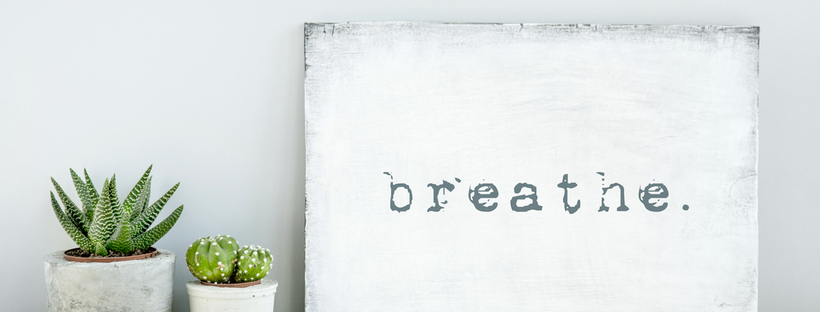The Nystrom & Associates provider consulted for this article is Dr. Karin Ryan, PsyD, LP, Clinic Director, Outpatient Therapist.
Deep breathing has a major impact on our mental health and well-being. While we breathe throughout the day, most of the time, we are taking shallow breaths. However, when we incorporate deep breathing into our day, we can work to manage anxiety and stress. Breathing exercises can help us to take full breaths and easily visualize our breaths at the same time.
Watch Dr. Karin Ryan, Clinic Director and Outpatient Therapist at Nystrom and Associates, as she discusses her favorite deep breathing exercises on Twin Cities Live. These exercises are great for children and adults.
Related: 4 Anxiety-Related Negative Thought Patterns
Nystrom & Associates on Twin Cities Live
Why Is Deep Breathing Important?
When we inhale, we take in oxygen that feeds our red blood cells. And when we exhale, we release carbon dioxide which is waste gas. Therefore, the more deeply we breathe, the better we create this “gas exchange” process.
However, anxiety and stress can negatively impact this process. When we are anxious or stressed, we tend to breathe in shorter, more shallow breaths, which means taking in less oxygen and letting out less waste gas.
Related: How Anxiety & Panic Attacks Can Feel in the Body
The Benefits of Deep Breathing
Breathing deeply, on the other hand, provides many benefits for our physical and mental health. Effective deep breathing can help to:
- Decrease stress
- Lower your heart rate
- Relieve pain
- Detoxify the body
- Lower blood pressure
- Improve digestion
Related: How Mental Health Affects Physical Health
Dr. Karin Ryan notes, “It sounds so simple, to just take deep breaths, but it can be hard to take a deep breath or know when we are breathing most effectively.” To facilitate this, there are deep breathing exercises we can incorporate in times of stress that can help to ensure proper deep breathing.
Related: 8 Mindfulness Practices to Reduce Stress
Deep Breathing Exercises
Here are some of Dr. Karin Ryan’s favorite breathing exercises to help relieve some anxiety and stress, as demonstrated in the Twin Cities Live segment above:
Belly Breathing or Diaphragmatic Breathing
Put your hand on your belly (with your thumb on your belly button, palm down), and your other hand on your heart. Start with a deep exhale to give space for big inhale.
Box Breathing or 4 Square Breathing
Imagine a box. Exhale to a count of four. Hold your lungs empty for a four-count. Inhale to a count of four. Hold the air in your lungs for a count of four. Exhale and begin the pattern anew.
Hand Breathing
Hold out your hand and start to draw on the side of your hand with your opposite pointer finger. As you go up your finger, breath in, and as you go down your finger, breath out. This helps brings focus. The sensory of touch is grounding and makes you take 10 deep breaths when you complete this on both of your hands. This works for children and breathing with someone as well.
Pizza Breathing
It can be hard for children to know how to take a deep breath. What children can connect with is smelling and blowing to cool or make bubbles. This can be made into the pizza breathing exercise. Hold your hands out in front of you, as if you’re holding a piece of pizza. Cool the pizza (exhale), and smell the pizza (inhale).
Sometimes, we can be in a rush and not know how many breaths are enough. “It can be helpful to set a timer,” Dr. Karin Ryan notes. “That makes sure you don’t just take two breaths and call it quits. It can keep the period realistic and help assure you that you do not need to worry about time.” Karin recommends starting with about two minutes on your timer.
A Word From Nystrom & Associates
Deep breathing is one way to manage stress and anxiety, but there are many more tools that can help. Another way to help is to start therapy. A mental health professional can help guide you through coping strategies and helpful ways to manage stress and anxiety.
New to therapy? Take the stress out of starting and read our guide: How to Start Therapy: A Step-by-Step Guide
Call 1-844-NYSTROM or request an appointment online to start today.
Source: Nystrom & Associates





